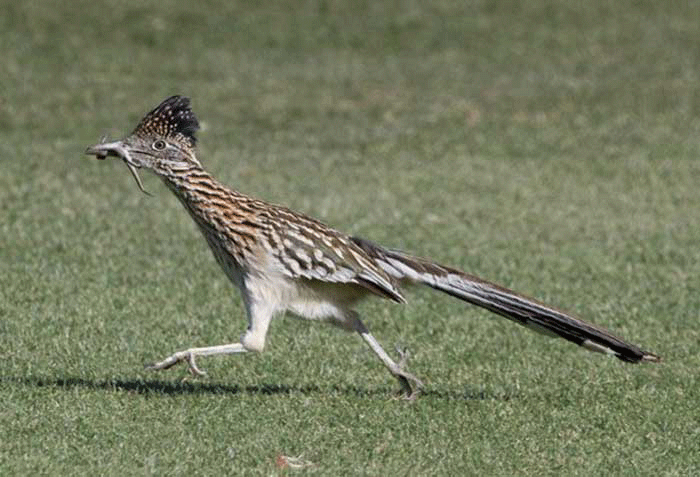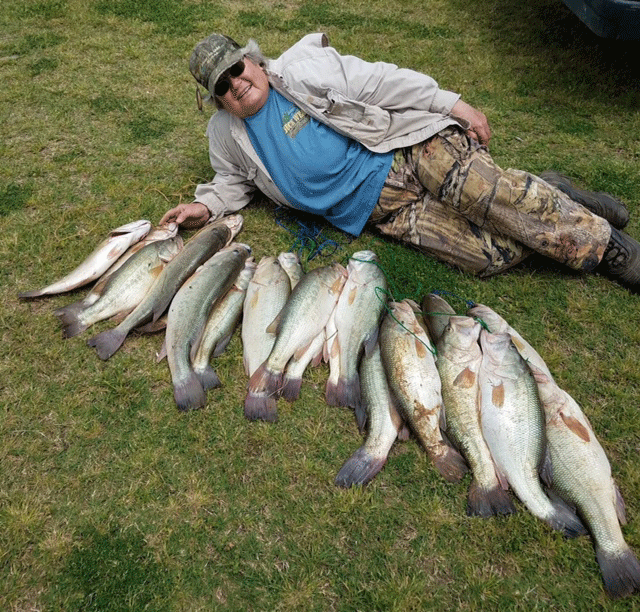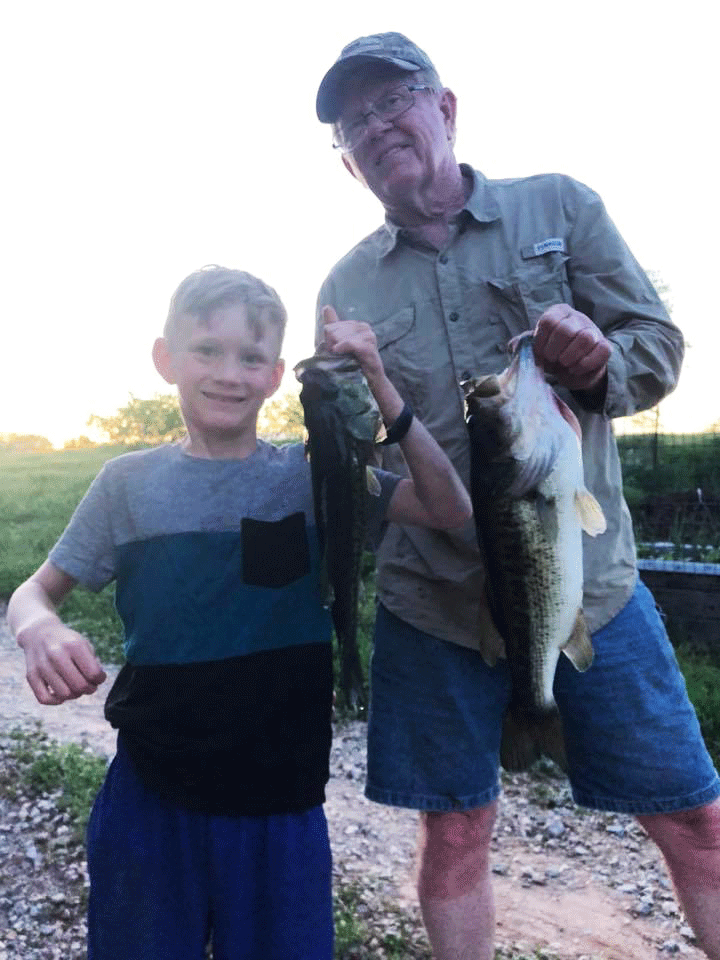
We are into May and my goodness, is the fishing heating up! I am getting reports from many sources of “the bite” really picking up, especially when the wind is not blowing 50 mph!
More on that later, but this week our favorite roadrunner “Roadie” is back in the neighborhood-love watching this guy. I know I’ve talked a little about roadrunners in the past but I thought I would give a little more in-depth information!
The legendary roadrunner bird is famous for its distinctive appearance, its ability to eat rattlesnakes and its preference for scooting across the American deserts, as popularized in Warner Bros. cartoons.
The roadrunner is a large, black-and-white, mottled ground bird with a distinctive head crest. It has strong feet, a long, white-tipped tail and an oversized bill.
It ranges in length from 20 to 24 inches from the tip of its tail to the end of its beak. It is a member of the Cuckoo family, characterized by feet with 2 forward toes and 2 behind.
When the roadrunner senses danger or is traveling downhill, it flies, revealing short, rounded wings with a white crescent. But it cannot keep its large body airborne for more than a few seconds, and so prefers walking or running (up to 17 miles per hour) usually with a clownish gait.
The roadrunner makes a series of 6 to 8, low, dovelike coos dropping in pitch, as well as a clattering sound by rolling their mandibles together.
They are easily identified by their long graduated tail which is held upright and their long stout legs.

The roadrunner inhabits open, flat or rolling terrain with scattered cover of dry brush, chaparral or other desert scrub.
The roadrunner feeds almost exclusively on other animals, including insects, scorpions, lizards, snakes, rodents and other birds. Up to 10 % of its winter diet may consist of plant material due to the scarcity of desert animals at that time of the year.
Because of its lightening quickness, the roadrunner is one of the few animals that preys upon rattlesnakes. Using its wings like a matador’s cape, it snaps up a coiled rattlesnake by the tail, cracks it like a whip and repeatedly slams its head against the ground till dead.
It then swallows its prey whole, but is often unable to swallow the entire length at one time. This does not stop the roadrunner from its normal routine. It will continue to meander about with the snake dangling from its mouth, consuming another inch or two as the snake slowly digests. This is why I love seeing them in our neighborhood!
Switching gears, this time of year is great for catfishing because many of them, including the big blue cats seek out warmer shallower water for spawning.

cleaned out a tank!
For a good chunk of the year, catching blue catfish involves probing the deepest holes in a river system. Like many other species, however, they take note of rising water temperatures in spring. Blue cats will move toward warmer water and binge-eat in preparation for the spawning. There is no better time of the year to fish for them.
If in a boat instead of anchoring over deep water in spring, execute drift tactics that allow you to probe the bank and skinny water—anywhere from 2 to 10 feet. First, use your temperature gauge and electronics to identify shallow mudflats with the warmest water. Structure like downed trees, rock piles, and brush are hotspots. After you’ve chosen a spot you want to fish, try several different spots trying to locate them. The same can apply when fishing from the bank.

Gary Nitschke got’er done!
A slip-float rig is the best way to fish shallow water effectively. Tie a 4/0, or larger, circle hook on a stout leader and adjust the float according to depth. Fresh cut bait such as gizzard shad, herring, or menhaden will get the most bites. Pay particular attention to structure; the slip-float will allow your bait to remain free of snags. Try several locations before moving on! When you see it go down, reel tight, refrain from setting the hook, and get ready for battle.
Hopefully you find a reason to get out this time of year! One suggestion would be Downtown Now this weekend in our great hometown! Hope to see you there.